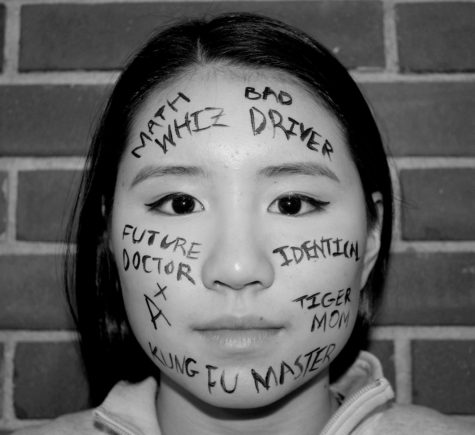An Asian’s reflection on race

Every time I hang out with my Asian friends in a public place, I feel a familiar pang of uneasiness. I’ve never really understood why I feel that way or what it means. All I know is that it always emerges. Over the past year, I’ve been trying to understand why that wave of discomfort washes over me. In light of the recent election and the ubiquitous crumbs of conversations I’ve been hearing about microaggressions, multiculturalism and race, I think I’ve finally gained a better understanding of it.
Lately I’ve become alarmingly accustomed to the labels people have placed on me because I’m Asian. In fact, because I’m so frequently categorized by my race, I’ve become indifferent to stereotypes. I was once asked to tutor someone in math specifically because I was Asian, and it wasn’t until a few hours later that the weight of the blatant offense really hit me. While the joke was on them (shockingly, math isn’t my strong suit), it’s terrifying to think that I have become immune to the damaging stereotypes constantly swirling around me.
According to Beverly Daniel Tatum, a retired professor of psychology at Mount Holyoke College and author of the
best-selling book, “Why Are All the Black Kids Sitting Together in the Cafeteria?” one reason people of color are so readily stamped with labels is because we can often be found in groups of people who are the same race, resulting in a smattering of stereotypes. I’ve even heard people go so far as to say that people of color bring these labels upon themselves by sticking together. However, people of color only group together in an effort to thwart and cope with the negative connotations of racism that they often see as a stressor in their environment. Their similar experiences and backgrounds are what help them create a shared understanding among one another that is difficult for others to grasp.
After thinking about Tatum’s explanation on why people of the same race tend to stick together, I began to question why people of color grouping together should matter at all. If no one notices or comments when a group of white kids are sitting together, the same standard should be applied to people of color. Not only does this double standard perpetuate stereotypes, but I’ve come to realize it’s the culprit behind that familiar pang of uneasiness I feel when I’m with my Asian friends.
I know that, for the most part, there is no purposeful malice directed towards people of color when assumptions arise, and I recognize we don’t have control over who or what influences our lives as we grow up. But these perceptions surrounding people of color have been so heavily ingrained into the fabric of American society that they’ve affected how we as students approach ideas surrounding race. There is no quick fix to change how we view people of color, but we can all start by acknowledging there is an issue to address. If we all ask ourselves if and how we may be unconsciously perpetuating distorted messages, we can begin to acknowledge our own biases and assumptions.
Next time I’m with my Asian friends and that pang of uneasiness comes back, I’ll start by reminding myself that I’m just sitting with friends, and that there’s nothing I need to feel self-conscious about.

